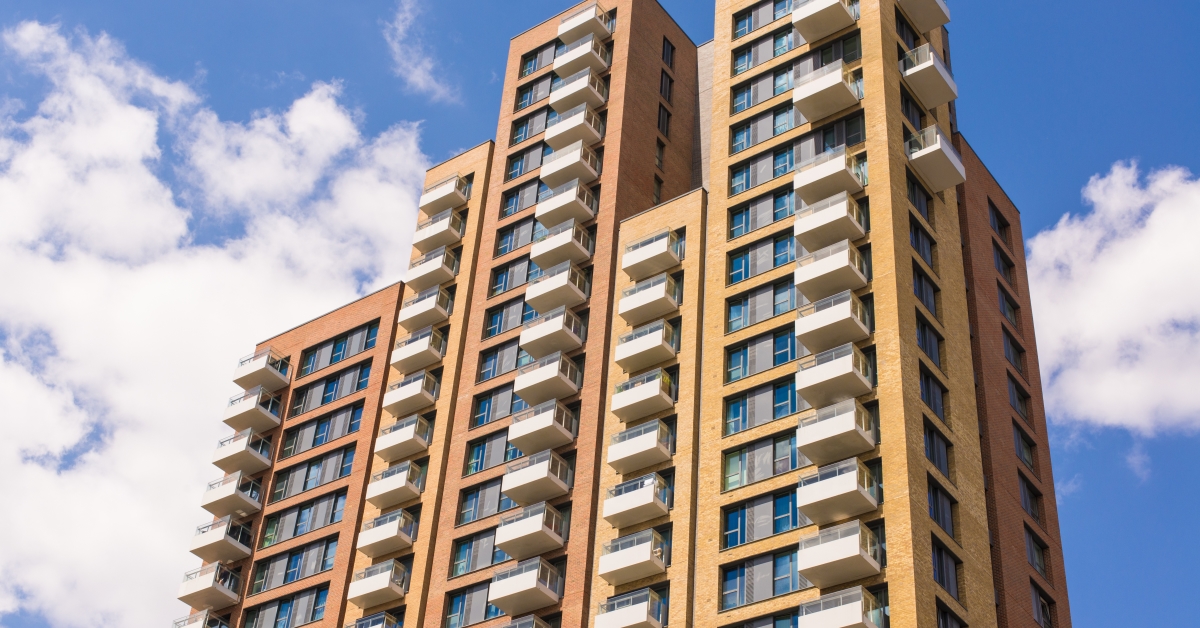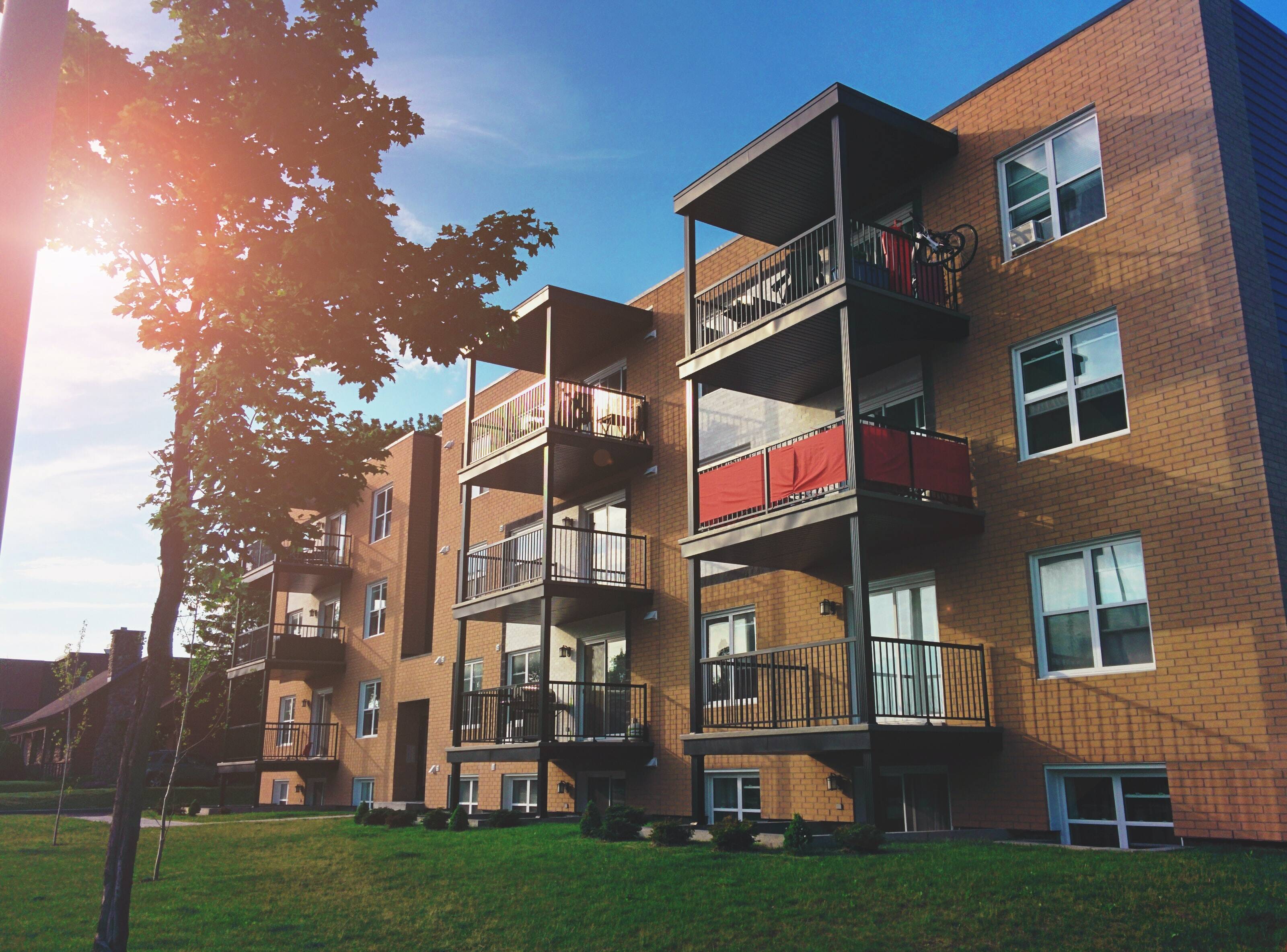Key Changes to Approved Document B - March 2025 Update

Starting on 2nd March 2025, significant amendments to Approved Document B will impact fire safety regulations in England, affecting both residential (Volume 1) and non-residential buildings (Volume 2).
These revisions focus on three main areas: fire safety information (Regulation 38), fire reaction classifications, and sprinkler requirements in care homes. In this blog we explore the changes that will be introduced and provide guidance on how to stay ahead of the legislative requirements.
What is Approved Document B?
Approved Document B is part of the UK Building Regulations, providing essential guidance on how best to meet the legislative fire safety requirements in buildings. It covers key aspects like fire resistance, safe escape routes, and fire spread prevention. Split into two volumes, it addresses requirements for both dwellings (Volume 1) and non-residential buildings (Volume 2). Compliance with Approved Document B ensures that properties meet legal standards, safeguarding occupants and reducing fire risks during a building's design, construction and occupation.
Key Revisions Summary (Regulation 38)
Under Regulation 38, those performing building work must provide comprehensive fire safety details to the responsible person before building occupancy. This includes essential design, construction, and equipment information for understanding and maintaining fire safety systems. The responsible party is now required to acknowledge this information and confirm its adequacy. Additionally, third-party certification schemes must ensure fire safety information is communicated accurately to authorities. These changes are designed to ensure all key stakeholders are accountable for fire safety in buildings, establishing a clear and unbroken trail of evidence that fire safety requirements have been properly fulfilled.
New Standards for Fire Classifications and Care Home Sprinklers
The update also removes national fire reaction classifications, aligning standards with European fire safety codes, simplifying compliance for material testing and certification. In care homes, a full-building sprinkler system will be mandatory, enhancing protection for vulnerable residents.
These updates ensure more rigorous, transparent fire safety processes, ultimately aiming for safer, well-protected environments across multiple property types.
7 Key Changes being introduced to Approved Document B March 2025:
1. Enhanced Fire Safety Information Requirements (Regulation 38)- Detailed responsibilities for both the party conducting the building work and the responsible person for the building, including new acknowledgment requirements and timely documentation transfer to authorities.
- New rules around notification timelines and third-party certification requirements, ensuring information accuracy for authorities.
- The document now excludes national classes, standardising on European fire classifications for materials and structures. This shift impacts both reaction-to-fire and roof coverings, enforcing the use of European classification methods for consistency.
- Clarifications on thermoplastic material standards, specifically around categories like rigid and flexible types, with strict requirements on thickness and burning rates.
- Roof coverings must adhere to the European classification system (BS EN 13501-5), with further guidance on testing and performance requirements.
- Care homes must now install comprehensive sprinkler systems throughout the building, bolstering fire safety for high-risk populations.
- Complex structures must now include detailed records of fire safety strategies and operational procedures, including comprehensive "cause and effect" plans that document all fire safety systems and management assumptions.
- Greater emphasis on specific test methods for fire resistance and smoke penetration through doors, aligning with updated British and European standards.
- The document’s index of British Standards has been revised, removing outdated entries and adding current standards for consistency with the latest guidance.
These changes will be implemented to collectively enhance fire safety protocols, reinforce transparency, and set stricter standards for fire resistance and system reliability across multiple building types.
Future scheduled changes to Approved Document B
Additional amendments to Approved Document B are planned for the coming years:
30th Sept 2026: Key updates include mandatory requirements for all buildings over 18 metres to have two staircases and evacuation lifts.
2nd September 2029: Approved Document B will transition from BS 476 fire test standards to the more robust European Standard 
As you can see by the above, fire safety regulations are continually evolving to keep pace with changes in building design and usage. To ensure you stay informed about the latest legislative updates, sign up for fire safety updates below and receive regular updates on key changes and updates.
Sign up for fire safety updates
You'll receive all the latest news and blogs straight to your inbox.





